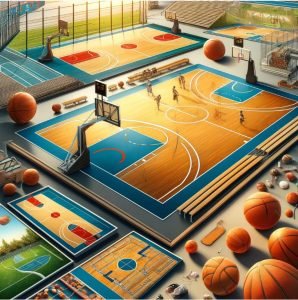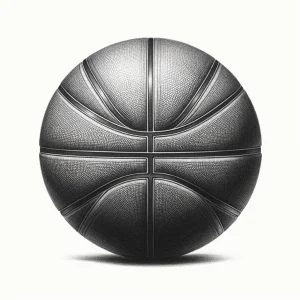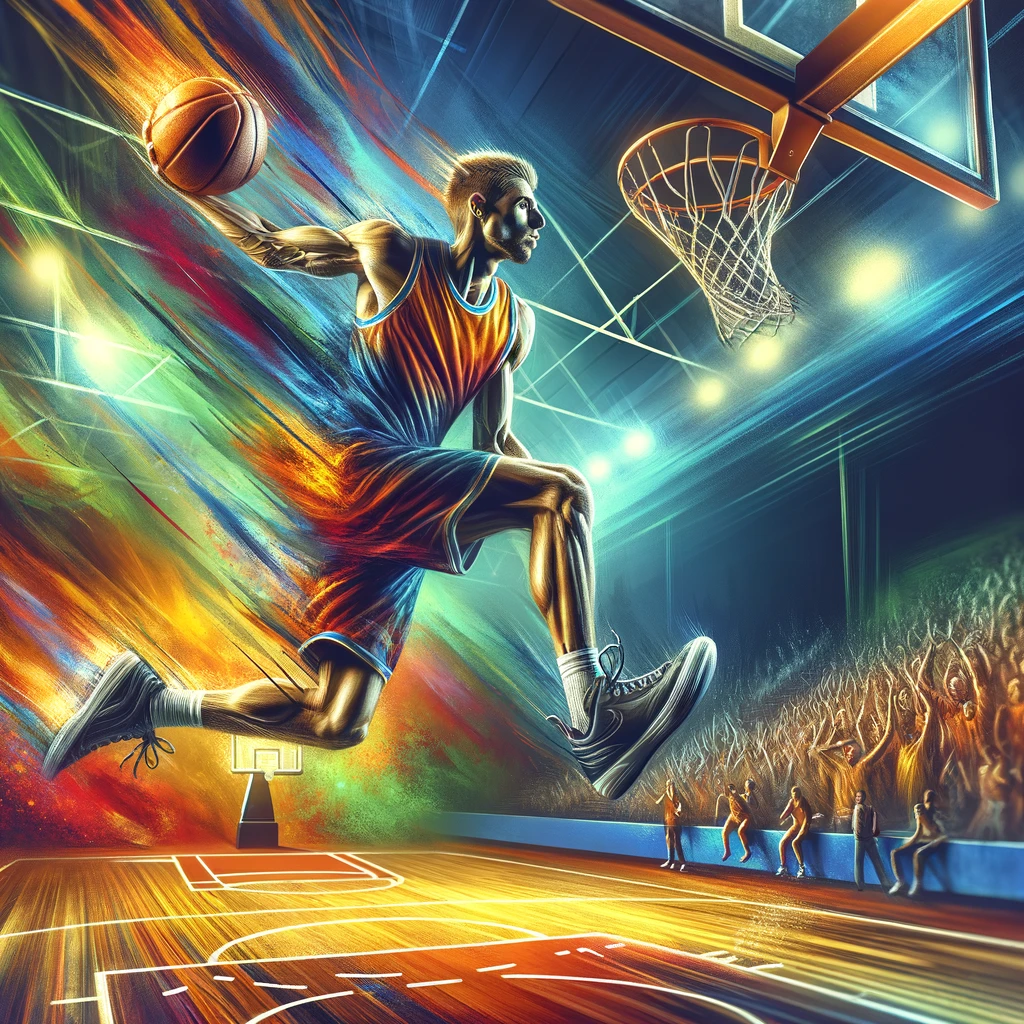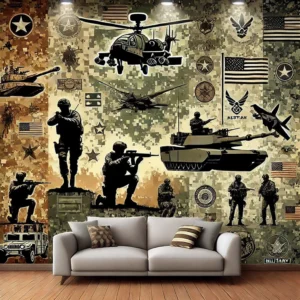Introduction
Drawing and basketball might seem worlds apart, but combining these two can lead to some truly spectacular artwork. Capturing the dynamism and excitement of basketball on paper is a unique challenge that requires an understanding of both the sport and the fundamentals of drawing. In this guide, we’ll explore how to drawing:cul23ybyzfm= basketball scenes that leap off the page and bring the sport to life.
Understanding the Basics of Drawing
Essential Drawing Tools
Pencils and Erasers
To start, you’ll need quality drawing pencils and erasers. Different pencil grades can produce shades, from light sketches to dark, defined lines. A good eraser helps refine your work and correct mistakes.
Paper Types
Choosing the right paper is crucial. Heavier, textured paper is ideal for detailed sketches and shading. In contrast, smoother paper works well for initial outlines and practice sketches.
Fundamental Drawing Techniques
Shading and Highlighting
Mastering shading and highlighting is essential for adding depth and dimension to your drawings. Use light and shadow to create a three-dimensional effect.
Perspective and Proportions
Understanding perspective and proportions ensures your drawings look realistic. Practice drawing objects from different angles to improve your skills.
Capturing the Essence of Basketball
Understanding the Sport
Key Movements and Poses
Basketball is a game of constant motion. Familiarize yourself with the fundamental movements and poses, such as dribbling, shooting, and defending.
Iconic Moments in Basketball
Drawing iconic moments, like slam dunks or buzzer-beaters, can add drama and excitement to your artwork.
Translating Motion into Art
Dynamic Poses
Drawing dynamic poses involves capturing the fluidity and energy of the players’ movements. Focus on the line of action and the player’s posture.
Freezing Motion in Time
Freezing motion in a single frame requires understanding the peak of the action. Practice sketching quick movements to capture the essence of the play.
Step-by-Step Guide to Drawing Basketball Players
Starting with Basic Shapes
Sketching the Head and Torso
Begin by sketching simple shapes to outline the head and torso. This helps establish the basic structure of your figure.
Adding Limbs and Details
Once the basic shapes are in place, add the limbs and finer details like facial features and fingers.
Refining Your Sketch
Defining Muscle Structure
To add realism, define the muscle structure. Pay attention to how muscles flex and extend during different movements.
Adding Clothing Details
Draw the folds and creases in the players’ uniforms to add a touch of realism. This also helps convey the movement and action.
Drawing Basketball Courts and Equipment

The Basketball Court
Court Dimensions and Markings
Accurate court dimensions and markings are essential. Research the standard basketball court layout to ensure accuracy.
Adding Depth and Perspective
Add depth and perspective to your drawing by showing the court from various angles. This can make your scene more dynamic and engaging.
Drawing Basketballs and Hoops
Texture and Patterns
Pay attention to the texture and patterns on the basketball. Include details like the seams and surface texture.
Proper Proportions
Ensure the basketball and hoop are drawn in proper proportions to each other and the players. This helps maintain realism.
Enhancing Your Drawing with Color

Choosing the Right Colors
Skin Tones and Uniforms
Selecting the right skin tones and uniform colours is crucial—study reference images to get the hues just right.
Court Colors and Details
Consider the colours of the court and other details to make your drawing vibrant and lifelike.
Techniques for Blending and Shading
Blending and shading techniques can add depth and dimension to your drawing. Use soft gradients and smooth transitions to create a polished look.
Tips and Tricks for Drawing Realistic Basketball Scenes
Focusing on Expression and Emotion
Capturing Intensity and Focus
Expressions of intensity and focus add emotion to your drawings. Highlight the determination in the players’ faces.
Drawing Celebratory Poses
Celebrate moments of victory with dynamic poses and expressive gestures. These can convey joy and excitement.
Adding Background Elements
Crowds and Stadiums
Include background elements like crowds and stadiums to give context to your scene. This adds to the overall atmosphere.
Environmental Details
Incorporate environmental details such as lighting and shadows to enhance the realism of your drawing.
Common Mistakes and How to Avoid Them
Proportion Errors
Correcting Limb Lengths
Ensure the limbs are proportionate to the body. Incorrect limb lengths can make your drawing look awkward.
Maintaining Consistent Size
Keep the sizes of all elements consistent. This helps maintain the balance and harmony of your drawing.
Overcomplicating Details
Keeping It Simple
Avoid overcomplicating details. Focus on the principal elements and keep the drawing clean and uncluttered.
Using Reference Images
Use reference images to guide your drawing. This helps you stay accurate and consistent.
Practising and Improving Your Skills
Daily Drawing Exercises
Gesture Drawing
Gesture drawing is a great way to practice capturing movement and energy. Spend a few minutes each day on quick sketches.
Timed Sketches
Timed sketches help improve your speed and efficiency. Set a timer and draw as much as you can within the limit.
Learning from Professionals
Studying Famous Sports Illustrators
Study the work of famous sports illustrators. Analyze their techniques and styles to learn new approaches.
Attending Workshops and Classes
Attend workshops and classes to improve your skills. Hands-on learning can be incredibly beneficial.
Conclusion
drawing:cul23ybyzfm= basketball scenes is a challenging yet rewarding endeavour. You can create dynamic and engaging artwork by understanding the basics of drawing, capturing the essence of basketball, and practising regularly. Keep honing your skills, and soon, you’ll be able to capture the excitement of basketball on paper.
FAQs
What are the best tools for drawing basketball scenes?
The best tools include quality pencils, erasers, and heavy textured paper. Experiment with different grades of pencils to achieve varying shades and details.
How can I improve my ability to draw dynamic poses?
Practice gesture drawing and study the movements of basketball players. Focus on capturing the fluidity and energy of their actions.
Are there any online resources for learning to draw sports scenes?
Yes, there are many online tutorials, videos, and courses available. Websites like YouTube and art education platforms offer valuable resources.
What should I focus on when drawing a basketball court?
Focus on accurate dimensions and markings. Adding depth and perspective will make the court look realistic and dynamic.
How long does it typically take to get good at drawing basketball scenes?
It varies for each individual, but regular practice and studying professional techniques can lead to significant improvement over time. Be patient and persistent.













